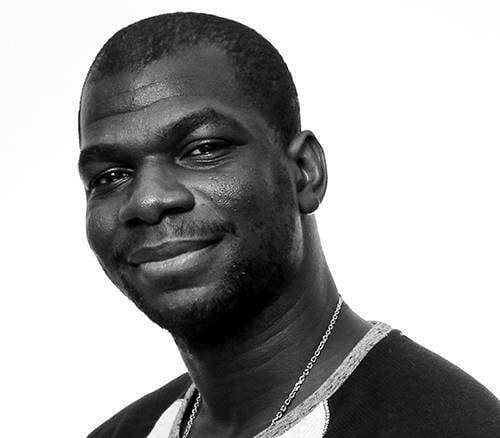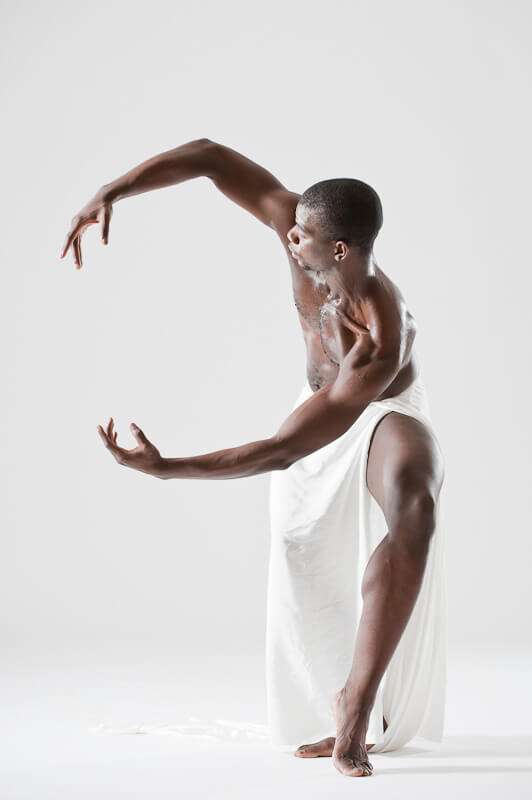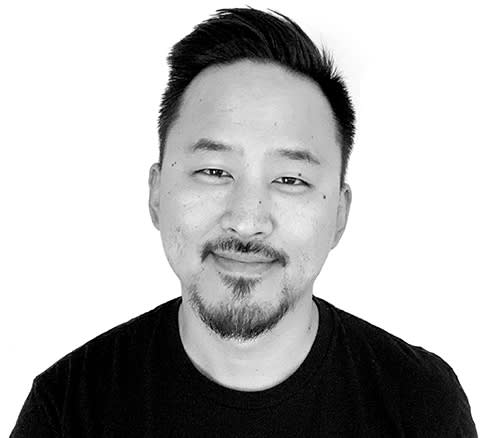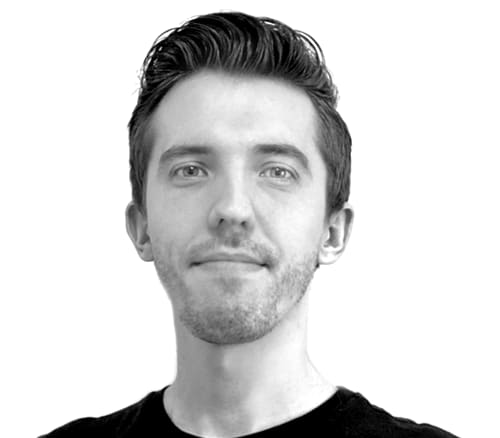Moving with Intention: One Dancer's Journey to JavaScript
 Elrey Belmonti
Elrey BelmontiI started my career as a professional dancer, an incredibly rewarding occupation. As with any occupation of passion, dancing encompassed my life. All I would think about is the next class, rehearsal, how I can improve, or my next performance. On rough days, no matter what, after dancing it didn’t matter. I always felt centered—body, mind, and spirit.
To supplement my dance income I also worked in hospitality, which kept me grounded. I met new people with different life experiences every single day. It also kept me humble. Both professions taught me ethics, commitment, and how to push for my full potential. Hospitality is all about creating a memorable experience that would make someone come back to the restaurant. Performing is the same. It felt incredibly rewarding when I made someone feel they have been transported to a different place by just being hospitable, or showing them how the human body can achieve superhuman-like movement.

Until one day...
I was living my life to the fullest, until my mother fell ill and I couldn’t afford to visit or help with medical expenses. I’d just moved to an unfamiliar city and I had no time to spend with my husband, a recent immigrant who had just completed an intense visa process. My body was starting to feel the effects of constant movement. Just when things started fitting together in 2015, I was diagnosed with lymphoma.
Now, I am a fighter. When my doctor diagnosed me I told her, “This is another bump in the road that is my life. Tell me what I need to do and I will do it.” She later told my husband that, “I have had hundreds of patients over years and this was the first time that anyone has ever said that.” During treatment I took time away from work and other activities to concentrate on me, something I have never done. I realized much of my life was devoted to caring for others. Somehow, over the years, I forgot about me. Once I was done with my treatment I decided to do something new with my life.
Fear, uncertainty, and doubt
Even before fully understanding what it took to become a software engineer, I feared I would lose the creative outlet afforded to me by dance, or even event planning. Interacting with people daily reinforced my natural social butterfly personality. In addition I learned, almost immediately, that women and minorities are underrepresented in the tech community. Since I started my engineering career later in life the idea of dealing with this as an African American in the United States was terrifying. I have to deal with racism on a daily basis, both in my career and personal life. I was surprised this was still an issue in a field of smart people focused on problem solving. To change my career and then deal with the process of “earning” respect from my peers was daunting.
However, my biggest fear was that all the work I put into becoming a professional dancer would have been for nothing. Being a professional dancer is a lifestyle—from eating habits, personal life, the physical demands, time management, and so much more. When you are a dancer it changes your life away from the ‘normal’ standards. I was frightened by the idea of having to fully reinvent myself.
Familiar parallels emerge
As I completed my programmer training, I started to notice the many parallels between my past experience and my new career:
These are qualities shared between my old and new careers:
- Being flexible and adaptable
- Eye for details
- Problem solving
- Communication
And there are shared struggles:
- Inclusiveness
- Time management
- Producing meaningful work
- Work/life balance
These are only a few examples, but let’s examine time management and flexibility. Dancers schedule their rehearsal time, work time, personal time, meals, and performances in tandem with their dance partner. In hospitality, say for a host/hostess, they have to schedule reservations for the day. During dinner service they must be able to accommodate latecomers or no-shows. Maybe someone doesn’t want to sit at a table they had planned for them? Now they must sit them somewhere else, which rearranges the floor plan for the night. Then there are people without reservations that still expect a seat. All of this coordination is done on the fly.
As an engineer, my manager may ask me how long something will take to build. I can give him or her a time frame that I think is reasonable, but what happens if there’s a bug? Maybe my intended build plan turns out to not be the best approach. Maybe I need to learn something completely new to build something. I have to account for the time it takes for me to learn something, plus build it and deal with any hiccups along the way. Being flexible is still critical.
I also benefited from the social and communication skills gained from both being a dancer and working in hospitality. Communication between people can be difficult in the competitive engineering field. Bringing forward my creative and out-of-the-box thinking have been instrumental to my success in my new software development career. For instance, at coding bootcamp group projects were commonplace. I naturally fell into the role of group project lead. Even on day one I would present a full project outline. I constantly communicated with team members regarding status updates and addressed team concerns. At one point, we had to rethink a project as we did not have enough time to finish before the due date. My experience with planning ahead, communicating across the group, and staying flexible for last-minute changes helped keep the team focused and successful.

How do you know when you're ready?
You know you are ready when you wake up and all you think about is the next problem to solve. When you are dreaming about the solution to that problem. When every challenge you come across inspires you to learn more. There is so much to learn in this field and it’s never ending. It may happen on day one or year 4. When dancing it wasn’t until my fifth or sixth year that I truly felt I could call myself a professional dancer. Yet, from the beginning of my programmer training, I knew I was ready to switch roles. Despite the challenges I faced with my health, my new city, and in learning something completely new later in life, I woke up each day wanting to know more.
Anyone with passion can become a programmer. That same level of dedication, sacrifice, and intent is what’s needed to be successful. Hearing people talk about tech, even when I have no idea what they are talking about, helps me as well. If you surround yourself with people who are passionate about a subject you are interested in, it is always inspirational. If you are someone who can read something and retain information, there are a ton of books out there. Start with a beginner book and work your way up. But mostly, you learn how to program by physically doing it. There is no substitute for rolling up your sleeves and writing a few lines of code. As the old saying goes, “Practice makes perfect!” Happy coding!

